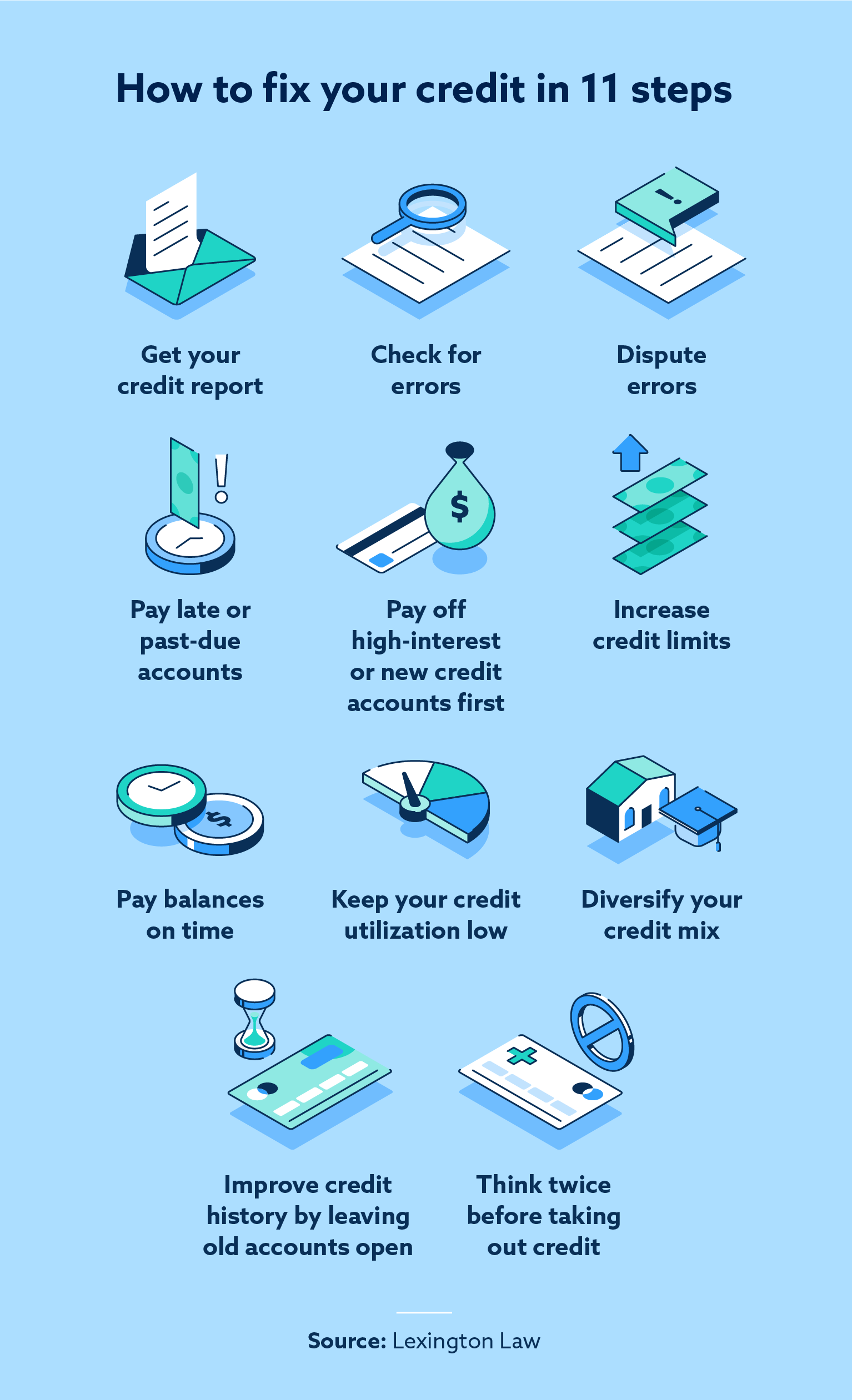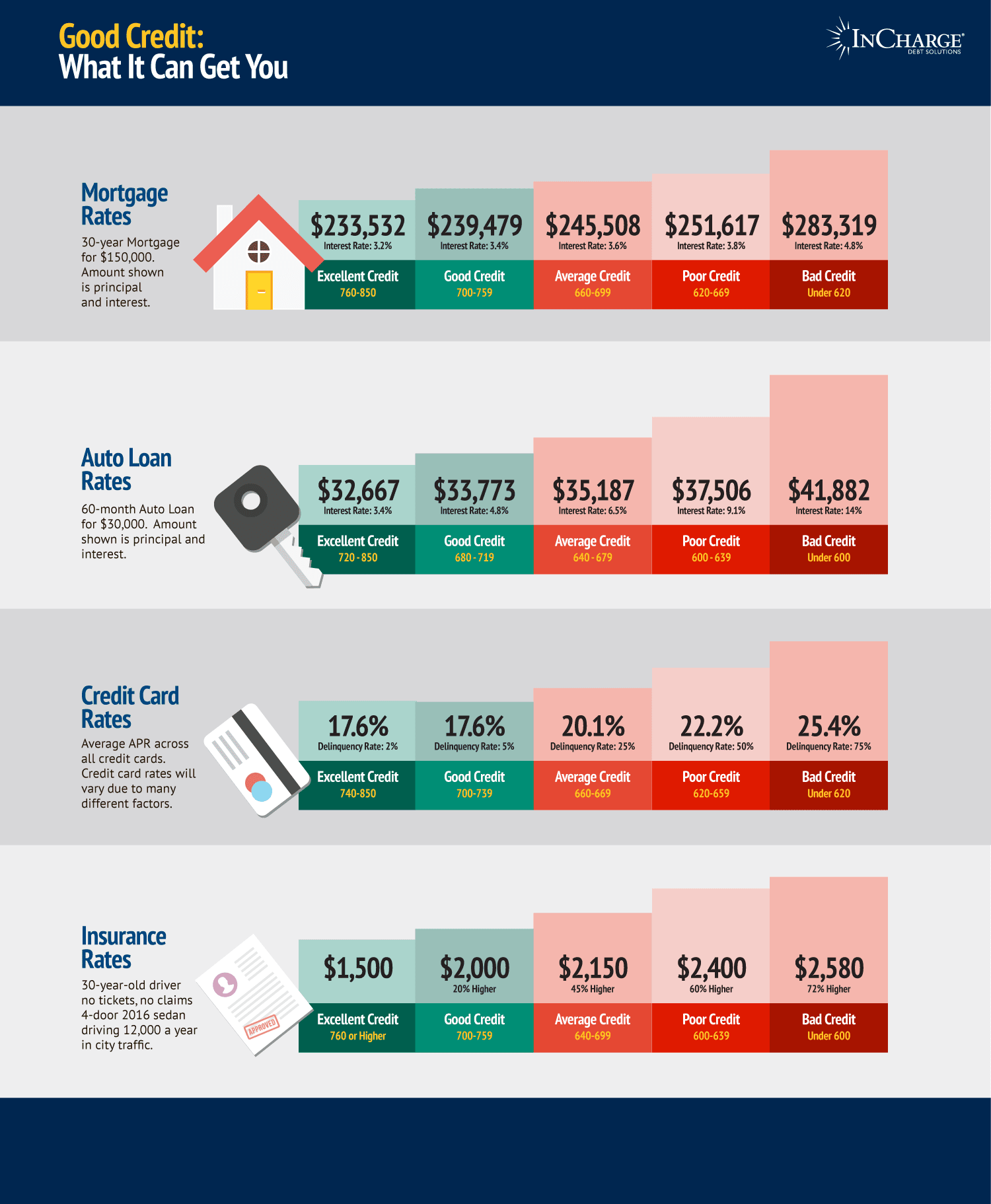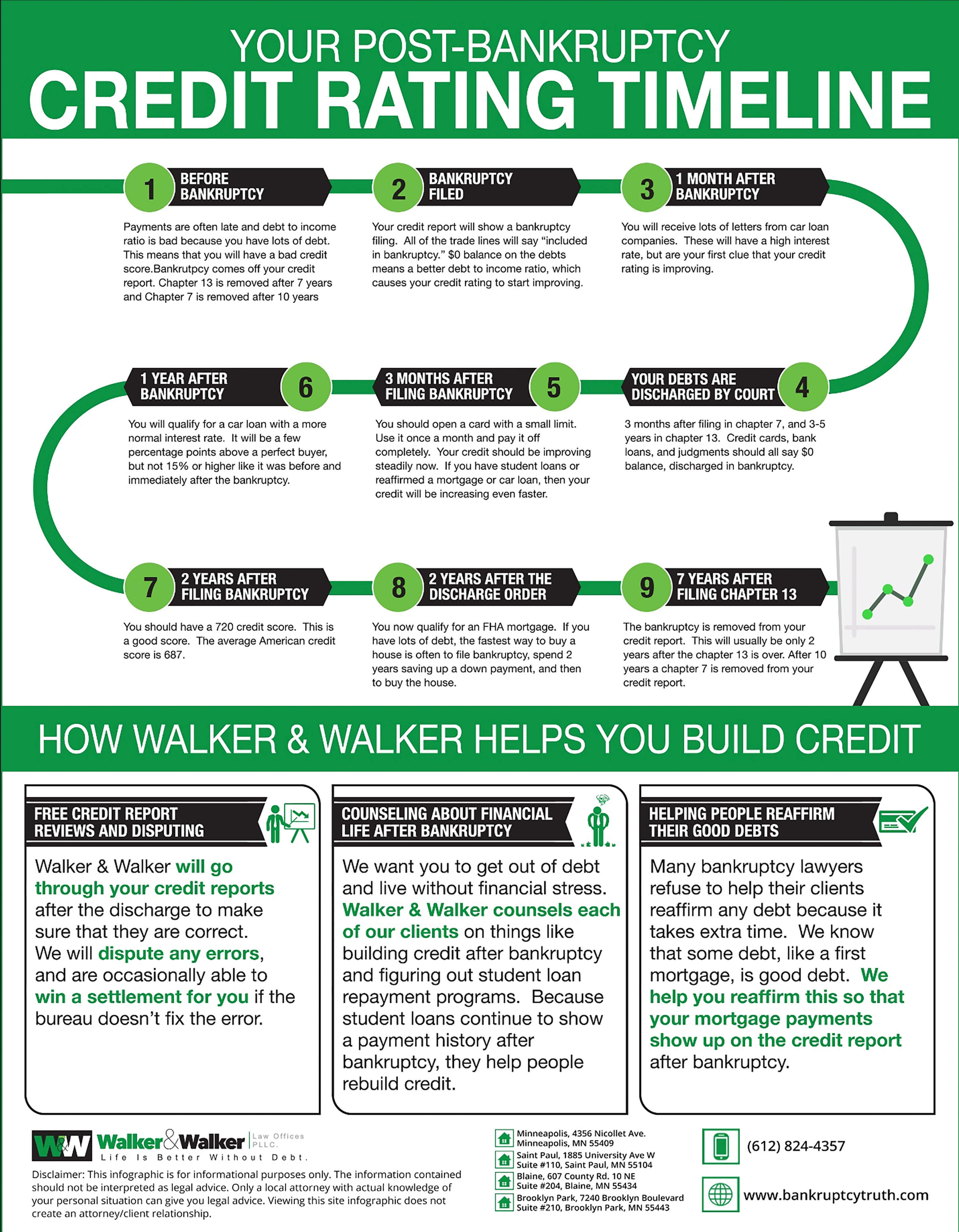Fixed Vs Revolving Credit: Get The Main Difference In 2023
Fixed and revolving credit are two common types of credit that come with their own set of advantages and disadvantages. Understanding the differences between these two types of credit can help you make informed decisions about your finances and credit usage.
Fixed credit, also known as installment credit, involves borrowing a specific amount of money that is repaid over a fixed period of time in equal installments. On the other hand, revolving credit provides a flexible line of credit that you can borrow from and repay as needed, with interest charged on the remaining balance. In this article, we will explore the pros and cons of fixed vs revolving credit to help you choose the best option for your financial situation.
| Fixed Credit | Revolving Credit |
|---|---|
| Offers a set credit limit | Offers a credit limit that can be used repeatedly |
| Interest rates are typically lower | Interest rates are typically higher |
| Payments are fixed and made on a regular basis | Payments vary depending on the amount borrowed and the interest rate |
| Used for one-time purchases or expenses | Used for ongoing expenses or purchases |
| Examples include mortgages and car loans | Examples include credit cards and lines of credit |
When it comes to borrowing money, there are two main types of credit: fixed and revolving. Fixed credit offers a set credit limit and typically has lower interest rates. Payments are fixed and made on a regular basis. Fixed credit is used for one-time purchases or expenses, and examples include mortgages and car loans.
Revolving credit, on the other hand, offers a credit limit that can be used repeatedly. Interest rates are typically higher, and payments vary depending on the amount borrowed and the interest rate. Revolving credit is used for ongoing expenses or purchases, and examples include credit cards and lines of credit.

Chart Comparing: Fixed Vs Revolving Credit
| Fixed Credit | Revolving Credit | |
|---|---|---|
| Definition | A loan with a fixed amount that is paid back over a fixed period of time | A line of credit that can be used repeatedly, with payments made on a revolving basis |
| Interest Rate | Fixed, meaning the interest rate stays the same for the duration of the loan | Variable, meaning the interest rate can fluctuate based on the market |
| Payment Amount | Fixed, meaning the monthly payment amount stays the same for the duration of the loan | Variable, meaning the monthly payment amount can change depending on how much credit is used and the interest rate |
| Loan Amount | Fixed, meaning the loan amount is set at the beginning of the loan and cannot be changed | Variable, meaning the credit limit can be increased or decreased based on the lender’s discretion and the borrower’s creditworthiness |
| Collateral Requirement | May require collateral, such as a car or house, to secure the loan | May not require collateral, as it is an unsecured form of credit |
| Advantages | Provides a clear repayment plan and fixed interest rate, making it easier to budget and plan for payments | Offers flexibility in borrowing and repayment, as well as the ability to borrow again once credit is paid off |
| Disadvantages | Less flexibility in borrowing and repayment, and may require collateral | Variable interest rates can lead to higher payments, and the temptation to continuously borrow can lead to debt accumulation |
Fixed vs Revolving Credit: What’s the Difference?
When it comes to borrowing money, there are two main types of credit: fixed and revolving. Understanding the differences between these two types of credit can help you make the best financial decisions for your situation.
Fixed Credit
Fixed credit is a type of loan where you receive a lump sum of money upfront and then make fixed payments over a set period of time. The interest rate on a fixed credit loan is usually fixed, meaning it stays the same throughout the life of the loan. This can make it easier to budget for your payments since you know exactly how much you’ll owe each month. Popular examples of fixed credit include mortgages, car loans, and personal loans.
One advantage of fixed credit is that you know exactly when the loan will be paid off, which can be helpful if you’re trying to plan for the future. Additionally, since the interest rate is fixed, you don’t have to worry about your payments increasing if interest rates rise.
However, one downside of fixed credit is that you may not be able to borrow more money once the loan is paid off. Additionally, if interest rates fall, you may end up paying more in interest than you would with a revolving credit account.
Revolving Credit
Revolving credit, on the other hand, is a type of credit where you have a set credit limit and can borrow money as needed, up to that limit. You only pay interest on the amount you borrow, and your payments can vary from month to month based on how much you owe. Popular examples of revolving credit include credit cards and lines of credit.
One advantage of revolving credit is that you can borrow money as needed, which can be helpful if you have unexpected expenses or irregular income. Additionally, if you pay off your balance in full each month, you can avoid paying any interest at all.
However, one downside of revolving credit is that the interest rate can be variable, meaning it can change over time. This can make it difficult to budget for your payments, and you may end up paying more in interest if interest rates rise.
The Verdict
So, which type of credit is better: fixed or revolving? The answer depends on your individual situation. If you need a lump sum of money for a specific purpose, such as buying a house or car, then fixed credit may be the better option. However, if you need flexibility and the ability to borrow money as needed, then revolving credit may be the better choice.
Ultimately, the best way to make a decision is to do your research, compare different types of credit, and choose the one that best fits your needs and financial goals.
I hope this helps! Let me know if you need any further assistance.
Fixed vs Revolving Credit Pros & Cons
Pros of Fixed Credit
- Consistent and predictable monthly payments
- Lower interest rates compared to revolving credit
- Pay off debt in a set time frame
- May be easier to budget for
Cons of Fixed Credit
- May have prepayment penalties
- May require collateral
- May have higher credit score requirements
- May not offer flexibility in payment amounts
Pros of Revolving Credit
- Flexibility in payment amounts
- No set repayment period
- May have lower credit score requirements
- No collateral required
Cons of Revolving Credit
- Variable interest rates
- Minimum monthly payments may not cover interest charges
- May be easier to overspend
- May require higher credit utilization ratios
Final Decision: Fixed vs Revolving Credit
After careful analysis and consideration, it can be concluded that both fixed and revolving credit have their advantages and disadvantages. Ultimately, the decision between the two depends on your individual financial situation and borrowing needs.
Fixed credit provides a consistent interest rate over the life of the loan, making it easier to budget and plan for payments. It is a good option for those who want to make a large purchase and have a set repayment plan. However, the interest rates may be higher than with revolving credit.
On the other hand, revolving credit allows you to borrow and repay funds repeatedly, making it a flexible option for those who need ongoing access to credit. It often has lower interest rates, but can be more difficult to manage and budget for due to the varying payment amounts and interest rates.
In the end, the choice between fixed and revolving credit depends on your financial goals and situation. If you need a set amount of funds for a specific purchase, fixed credit may be the better option. If you need ongoing access to credit, revolving credit may be the better choice.
Reasons to Choose Fixed Credit:
- Consistent interest rates make it easier to budget and plan for payments
- Good option for those who want to make a large purchase and have a set repayment plan
- May have lower fees and charges than revolving credit
Reasons to Choose Revolving Credit:
- Ongoing access to credit for unexpected expenses or emergencies
- Lower interest rates than fixed credit
- Flexible repayment options and payment amounts
Frequently Asked Questions
Fixed and revolving credit are two types of borrowing products offered by banks and other financial institutions. Both are popular options for people who need access to money for short-term or long-term needs, but they differ in some important ways. In this article, we will explore the differences between the two types of credit and help you decide which one is right for you.
What is fixed credit?
Fixed credit is a type of borrowing product where you borrow a set amount of money, and you agree to repay it over a set period of time, at a set interest rate. The repayment terms are usually fixed, meaning you don’t have the flexibility to pay more or less at any given time. This makes fixed credit a good option for people who want a predictable payment schedule and are confident that they will be able to make the payments on time.
What is revolving credit?
Revolving credit is a type of borrowing product where you are given a line of credit that you can use as you need. You can draw on the line of credit up to a certain limit and then repay what you have borrowed, plus interest. Unlike fixed credit, you can choose to repay more than the minimum payment each month, and the amount you owe will fluctuate as you borrow and repay. This makes revolving credit a good option for people who need access to money when they need it and are able to manage their credit responsibly.
How do the two types of credit compare?
Fixed and revolving credit both offer access to money when you need it and allow you to repay what you borrow over time. However, they differ in a few important ways. Fixed credit is best for people who need a set repayment schedule and are confident that they can make the payments on time. Revolving credit is better for people who need more flexibility in their repayment schedule and are able to manage their credit responsibly.
What are the fees and costs associated with fixed and revolving credit?
The fees and costs associated with fixed and revolving credit vary depending on the lender and the type of product you are using. Generally, you will have to pay an application fee and an annual fee on both types of credit. You may also have to pay a late fee if you don’t make your payments on time. Additionally, you may have to pay interest on the money you borrow, which can be a percentage of the total amount or a flat fee.
What are the benefits of fixed and revolving credit?
Fixed and revolving credit both offer access to money when you need it and allow you to repay what you borrow over time. Fixed credit is good for people who need a set repayment schedule and who are confident that they can make the payments on time. Revolving credit is better for people who need more flexibility in their repayment schedule and are able to manage their credit responsibly. Additionally, both types of credit can help build your credit score if you make your payments on time.
In conclusion, understanding the difference between fixed and revolving credit is essential when it comes to managing your finances. Fixed credit is perfect for larger purchases that you can pay off over time with a fixed interest rate. On the other hand, revolving credit is a more flexible option that allows you to borrow smaller amounts of money and repay them over time with a variable interest rate.
Ultimately, the type of credit you choose will depend on your personal financial situation and goals. While fixed credit may be more attractive for those with long-term financial goals, revolving credit can provide the flexibility needed for short-term expenses. Regardless of which option you choose, make sure to carefully consider your financial situation and make a plan to pay off your debts in a timely manner to avoid any negative consequences.




